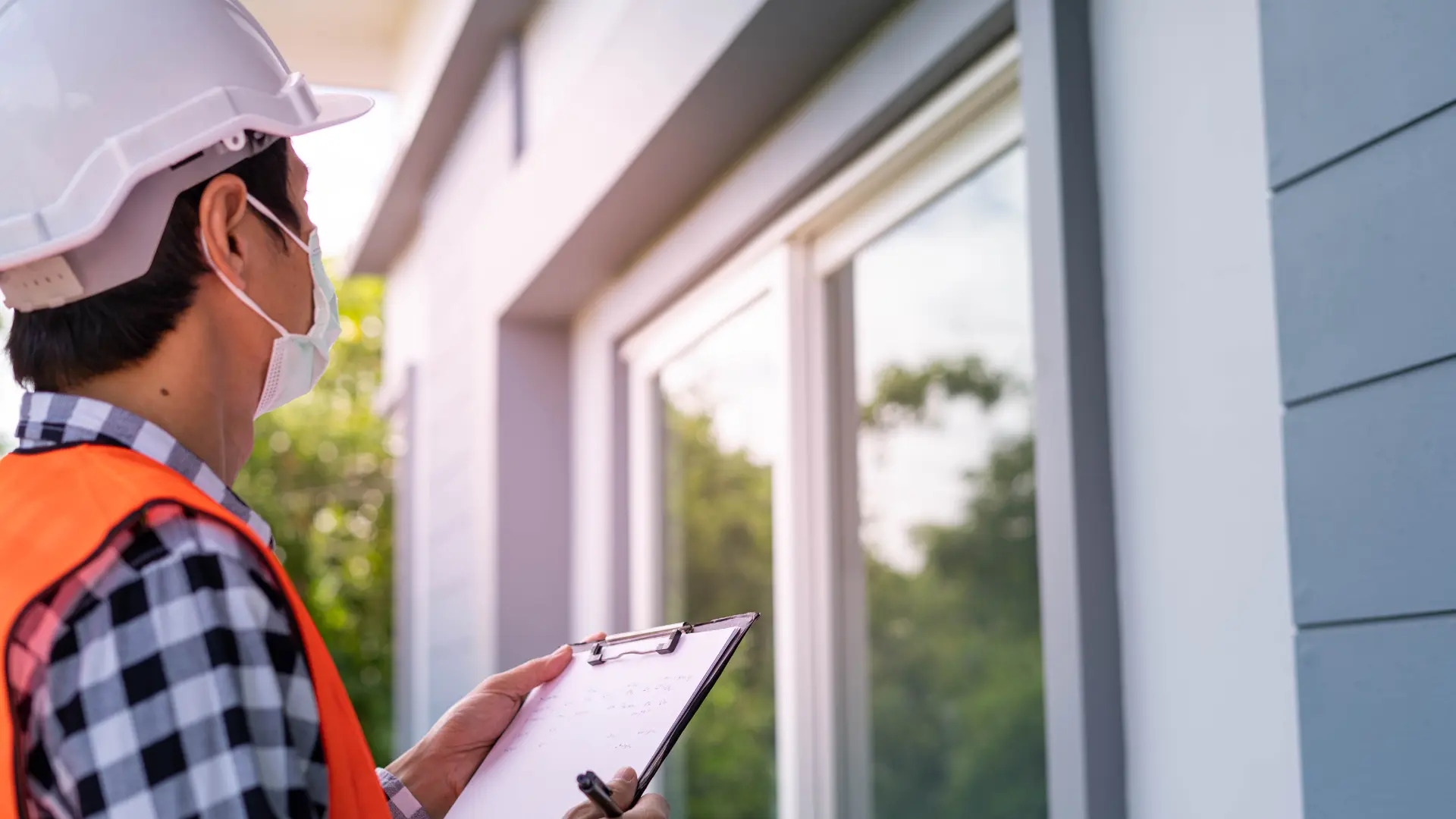
Menu


Dealing with roof damage is already stressful enough, but having your insurance claim denied? That is a nightmare no homeowner wants to deal with. One of the best ways to avoid that headache is by keeping up with regular roof inspections. Insurance companies want proof that your roof was in good shape before the damage occurred, or they might reject your claim. Was it wind damage by insurance? Proof matters.
Let’s explain why roof inspections matter and how they affect insurance claims. We will also highlight key points from roof inspections: what homeowners should know to stay protected.
A professional roof inspection does not just involve examining your shingles. A thorough inspection covers the following key areas.
A roofing contractor will be inspecting the roof for missing, damaged, or curling shingles, flashing issues, gutter and vent problems, signs of water pooling, and weak spots that could indicate structural damage or potential leaks.
If your roof leaks, signs often appear inside your home. An inspector will look for water stains, mold growth, and insulation issues in your attic or ceiling, which could indicate hidden moisture damage needing repairs.
A sagging roof signals serious structural issues. The inspector will assess your roof’s framing, chimney, and venting systems to check for stability and potential damage and ensure everything meets building code requirements for safety and durability.
Many people do not think about their roof until something goes wrong, but that can be costly. Regular roof inspections are not just about keeping your home in good shape—they can also make or break your insurance claim if you ever need to file one.
Insurance companies want to know that your roof did not have pre-existing issues before a storm or accident. If you have documentation from regular inspections, you can prove that any damage was new and not something that was ignored for years.
If you keep up with inspections, you will catch minor issues, like loose shingles or small leaks, before they become significant damage. A little upkeep now can save you from a massive repair bill later.
A professional roof inspection report makes working with your insurance company easier. If they can see a clear roof maintenance history and a recent damage assessment, they will be less likely to delay or deny your claim.
A professional roof inspection can make all the difference in insurance. Here is how it impacts the claims process.
Suppose your insurance company verifies your roof was in good condition before the storm. In that case, they’ll have a more challenging time denying your claim, ultimately improving your chances of coverage for necessary repairs or replacements.
A roofing contractor damage claim in North Carolina can thoroughly document the type and extent of damage, its severity, and the necessary repairs. This detailed report provides solid evidence, making it easier to file a claim and increasing the chances your insurance company will approve and cover the costs.
Some damage can be fixed with simple repairs, while others require a complete roof replacement. A professional inspection helps clarify what is needed so you are not underpaid by your insurer.
Even if you think your claim is solid, insurance companies do not always see it that way. Here are some of the biggest reasons they reject roof damage claims.
If your roof has deteriorated from years of neglect, your insurance company likely won’t cover the damage. They’ll argue that regular maintenance could have prevented the issues, making it your responsibility rather than a valid claim.
If your roof already had issues before the event that caused new damage, your insurance provider might refuse to pay. This is why having a history of inspections is essential—you need to prove that the damage is new.
Insurance covers sudden damage, not natural wear and tear. If your roof has deteriorated from years of exposure to the elements, your claim may be denied, as aging issues are expected to be handled through DIY roof maintenance.
If your roof was installed incorrectly or repaired using subpar materials, your insurer might argue that the damage was due to poor workmanship rather than an insurable event.

The insurance claim process can feel overwhelming, but here is a simple breakdown of what to do.
Before making any repairs, document the damage with clear photos. Capture different angles and include close-ups of problem areas.
Report the damage as soon as possible to start the claims process. Delaying this step could hurt your chances of getting coverage.
Have a roofing contractor in Hickory assess the damage and provide a detailed report. This will support your claim and help you get the coverage you need.
Your insurance company will send an adjuster to inspect the damage. Having your roofing contractor present to point out issues and advocate for a fair settlement.
Carefully review the insurance company’s assessment to ensure all necessary repairs or replacements are covered. If you disagree, do not hesitate to negotiate or provide additional documentation.
Regular roof inspections might not be the most exciting thing on your to-do list, but they can save you a ton of hassle (and money). Our team has a well-documented inspection history that can help you protect yourself from insurance claim denials in North Carolina and keep your home in shape. If a storm has hit your roof or it has been a while since your last inspection, now is the time to check it out. Contact us at Integrity Roofing NC to schedule a professional inspection and ensure your roof is ready for whatever comes next.
 December 18, 2025
How Weather Delays Impact Your Roof Replacement Timeline in Hickory, NC
December 18, 2025
How Weather Delays Impact Your Roof Replacement Timeline in Hickory, NC
When you've decided it's time for a roof replacement, you're likely eager to get the project completed quickly. However, if you're a homeowner in Hickory,…
Read More